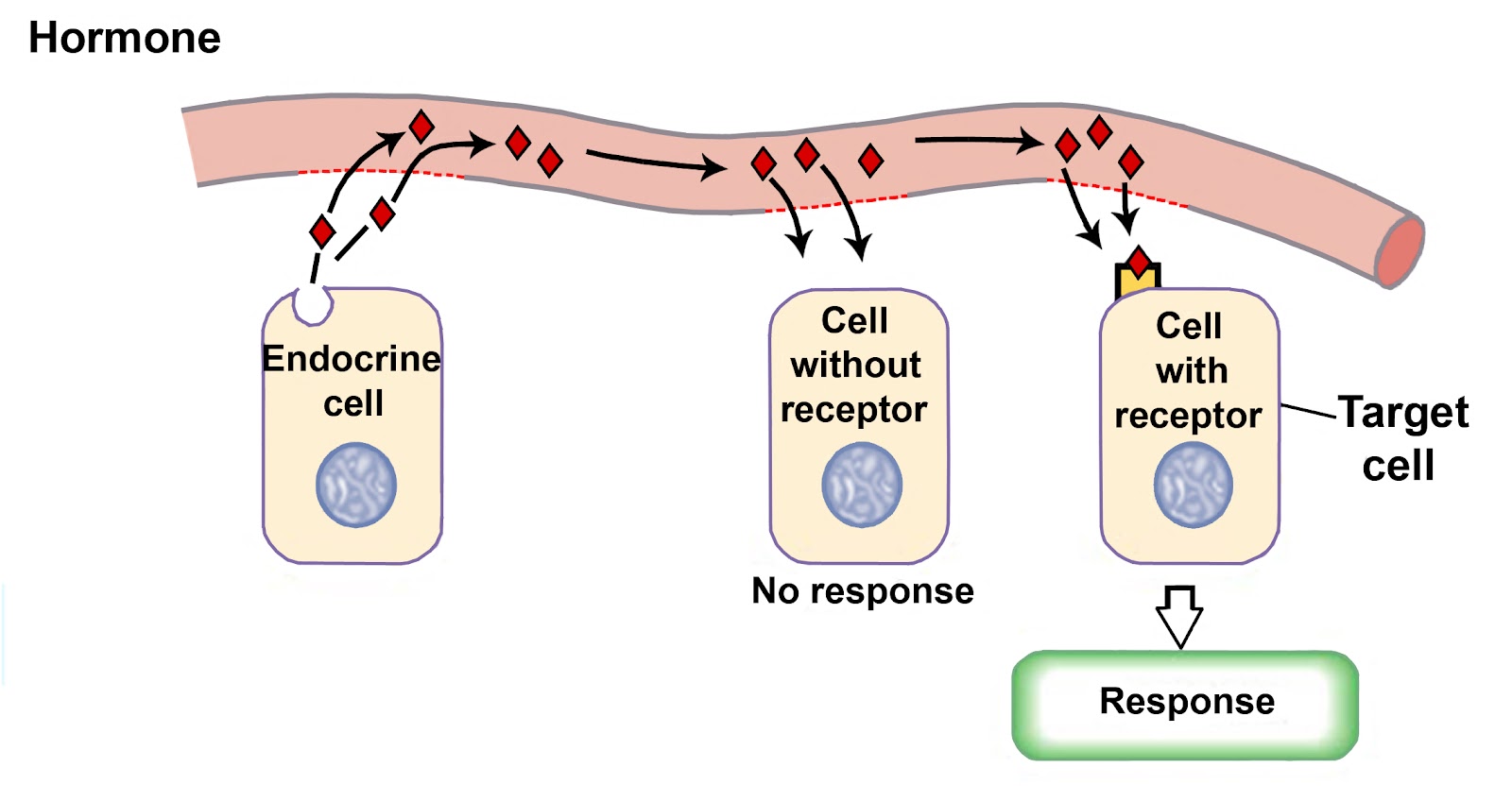Neurosecretions are the main source of hormones in the invertebrates (Hagadorn, 1967). Neurosecretory cells have been found in allmetazoan invertebrates including some coelenterates Scharrer and Scharrer, 1963; Lentz and Barrnett, 1965; Bern, Gorbman and Hangadorn, 1965; Martini and Ganong, 1967 : studied the comparative aspects of neuroendocrine system of invertebrates.
Although neurosecretions are main source of hormones, some invertebrate endocrine structures, derived from non-nervous tissue, are known.
ADVERTISEMENTS:
For example—the internephridial organs of the Physcosoma (Scharrer, 1955), the salivary glands of the cephalopods (Jenkin, 1962) or the ecdysial glands of insects.
Other structures of suspected endocrine function are found in arthropods and these are the Y-organ of crustaceans, corpora allata and prothoracic glands of the insects, these structures are originated from the non-nervous ectoderm.
In Crustacea there are some other glands which arise from the mesoderm and these are androgenic and gonadal glands.
In the vertebrates the endocrine glands of non-nervous tissue are derived from the endoderm (thyroids, parathyroids, islets of Langerhans, gastro-intestinal mucosa) but no invertebrate endocrine structures have yet been shown to originate from this germ layer (Jenkin, 1962).
ADVERTISEMENTS:
Thus, it appears that, during phylogeny, endocrine function was primarily associated with nerve cells and the tissues from which they are derived.
In the most primitive condition, these may have, been used as they were produced, but later their secretions came to be transported down the axon to special receiving or storage structures in the axon terminals, where they might accumulate in order to meet the regular and urgent demands more effectively.
Subsequently, with increasing complexity of physiological organisation, endocrine glands developed in several other places.
In lower invertebrates neurosecretions appear to regulate growth, regeneration, metamorphosis and reproductive activities.
ADVERTISEMENTS:
Little is known about their chemical nature and about role of these substances in, so far as, mechanisms or feedback pathways are concerned.

